Manganese Extraction by Carbamate
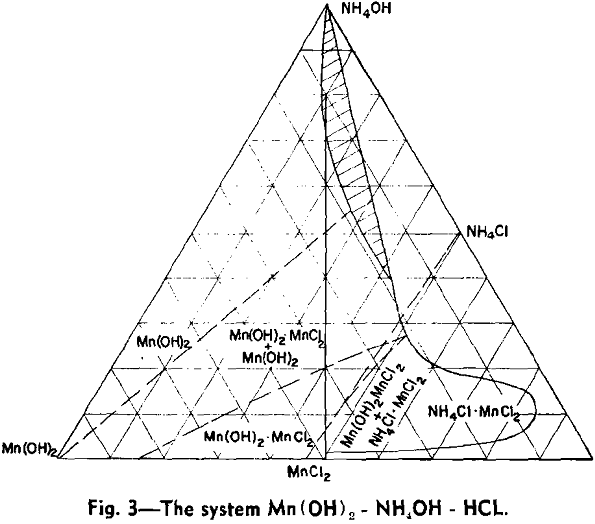
The widespread occurrence of manganese in low grade oxide and carbonate ores not amenable to mechanical concentration has led to extensive investigations of hydrometallurgical methods for producing a pure manganese compound suitable for further treatment. Manganese carbonate is the preferable compound. This product when fully crystalline and of not too fine crystal size is easily […]
Pelletizing Characteristics of Iron Ore Concentratesc

In most routine experimental work on products and processes, methods of operation and product evaluation are established from accurately controlled laboratory tests. With particular emphasis on the pelletization of fine iron ore concentrates, standardized procedures of laboratory production and product testing have been established at Cleveland-Cliffs Iron Co. Research Laboratory at Ishpeming, Mich. A program […]
Low Melting Gallium Alloys
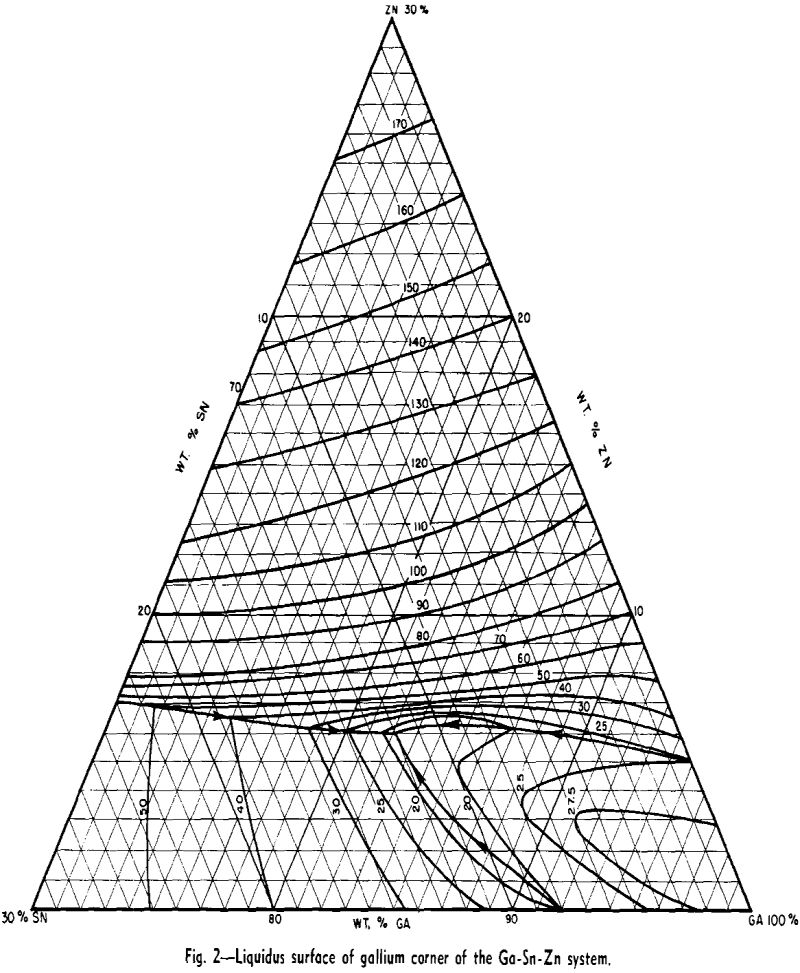
In recent years, the interest in liquid metals as heat-transfer media for power plants has been very great. The possibility of the development of nuclear power plants has increased this interest and served as the impetus behind much research on low melting metals and alloys for such purposes. The principal reasons for consideration of liquid […]
How to Determine Graphite in Drilling Mud
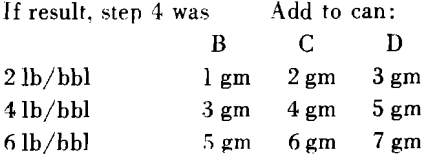
A field procedure for determining graphite in drilling mud is presented which is sensitive to 0.25 lbs/bbl and accurate to 20 per cent. The method, utilizing oil flotation principles, is suitable for use in all oil-free water base muds except those containing ligno-sulfonates, lignites, or surface active agents. Instructions for determining graphite in mud: Collect […]
Volatility and Stability of Metallic Sulphides – Vapor Pressure
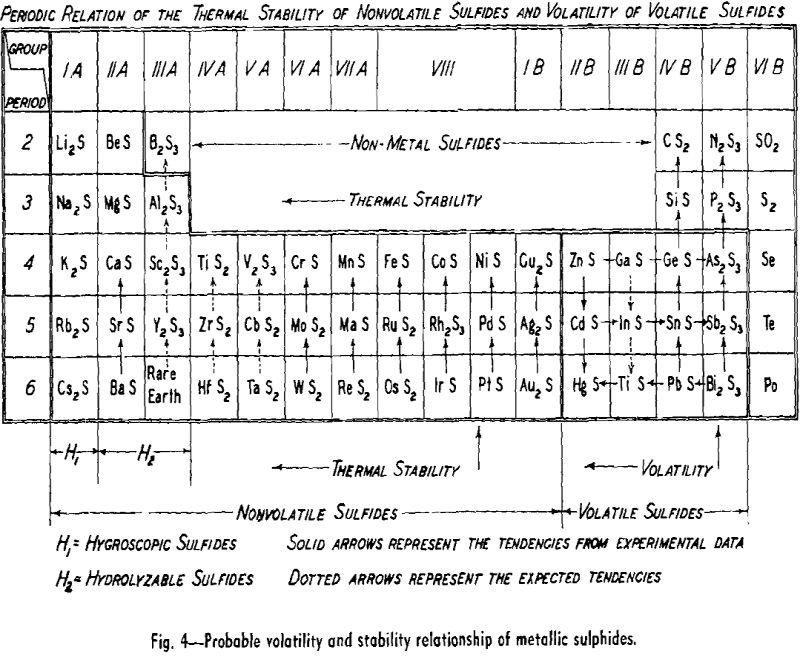
The direct reduction of metallic sulphides, as in the precipitation method for lead or antimony, is not a widely used process today. However, it might be employed for the production of a number of metals if the operation were carried out under reduced pressures. Two general procedures are possible; the reducing agent could form a […]
Crushing Cavity Design

In these times of rising labor and material costs, it has become more and more necessary that attention be paid to some operating details which, in their obscurity, may be the key to major economies. Liner wear in crushing cavities of secondary and tertiary crushers can become an appreciable cost item when the material to […]
Two-Way Belt Conveyor Transportation
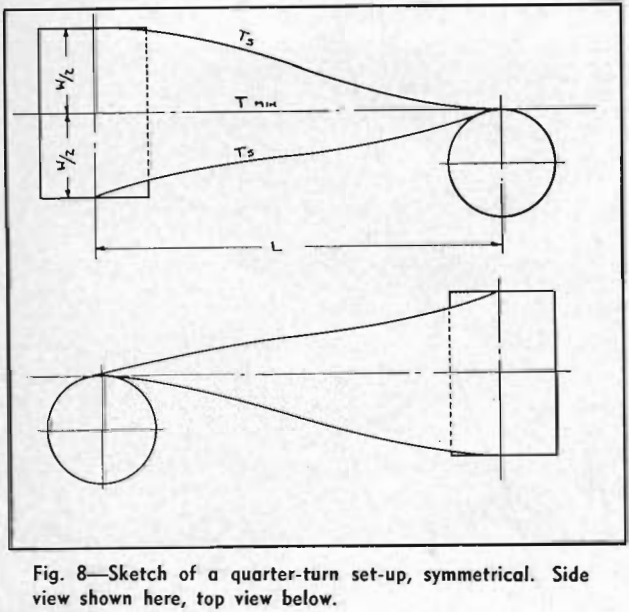
Since 1920 use of belt conveyor transportation has increased steadily, and capacity in tons per hour per unit has increased at about the same ratio. Belt conveyor systems for simultaneous two-way material transportation have been widely discussed, but heretofore have proved impractical for specific operations. The two-way belt conveyor for coal mine service is not […]
Zone Melting
If a charge of binary solid-solution alloy is melted and then frozen slowly from one end, as for example in the Bridgman method of making single crystals, coring usually occurs, with a resulting end-to-end variation in concentration. Such coring, or normal segregation, is undesirable where uniformity is an object. On the other hand, for certain […]
Sponge Iron
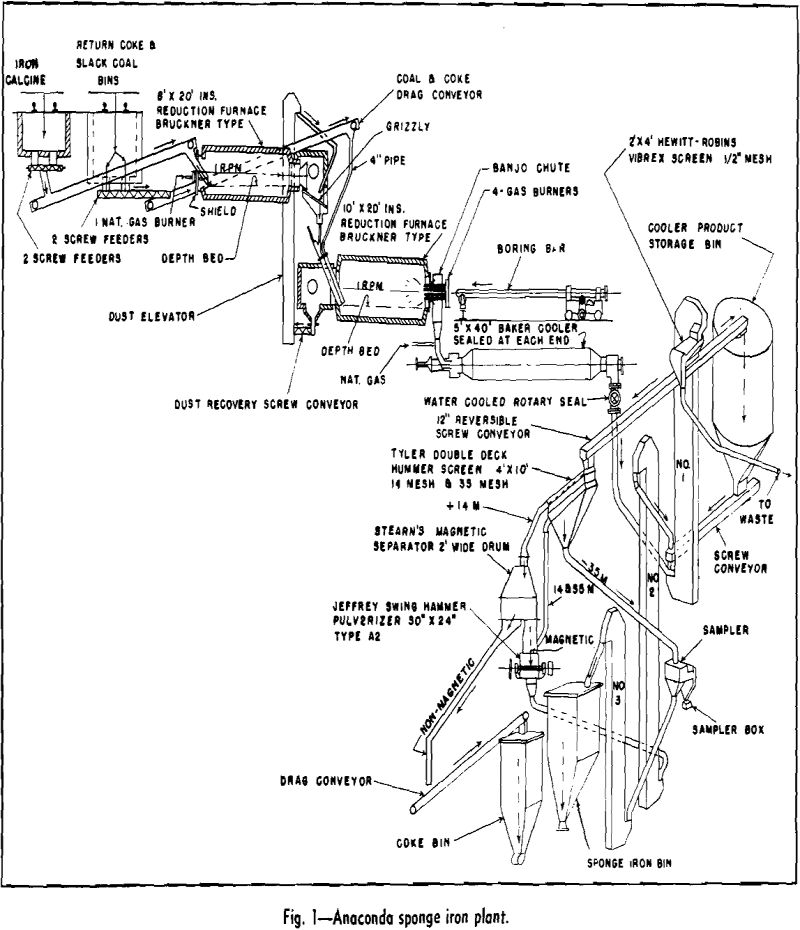
Sponge iron as produced at Anaconda is a fine, —35 mesh, impure product, about 50 pct metallic iron, obtained from the reduction of iron calcine at a temperature of 1850°F by use of coke resulting from slack coal. The metallic iron particles are bulky and spongey and precipitate copper readily and rapidly from a copper […]
Pipeline Transportation of Phosphate
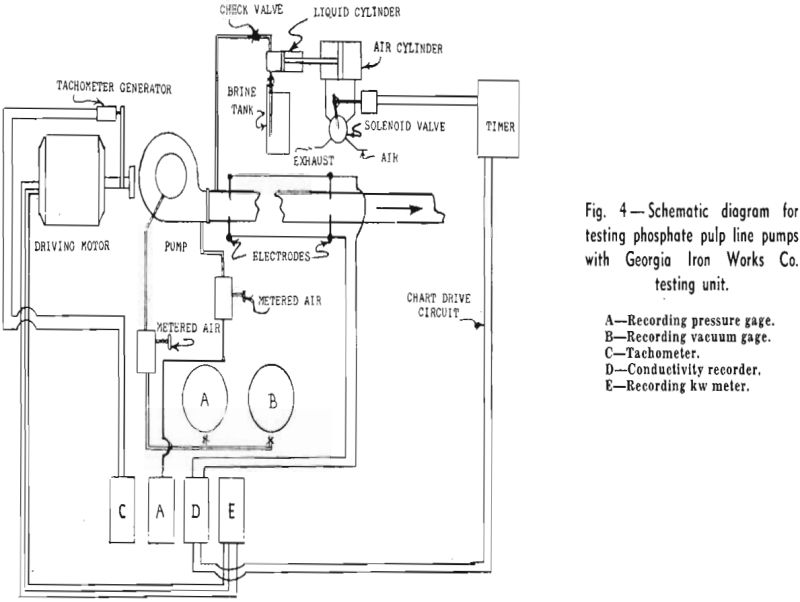
The pumping of solids in water suspension is an important part of many metallurgical and mining operations. In most cases, it is still in the rule of thumb category for which no universal formula has been developed, and much research is needed. Pumping Florida Pebble Matrix Pumping at the Noralyn mine of International Minerals and […]
